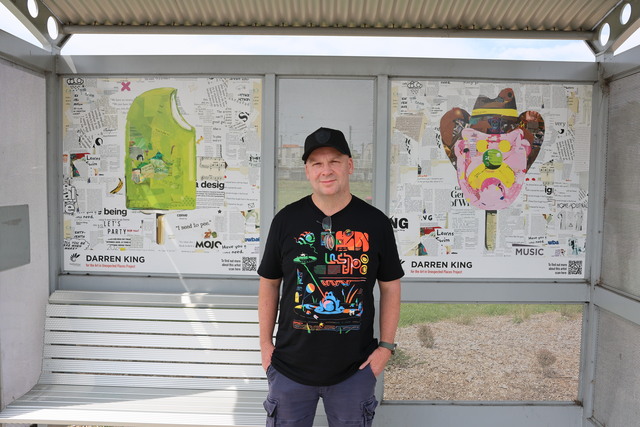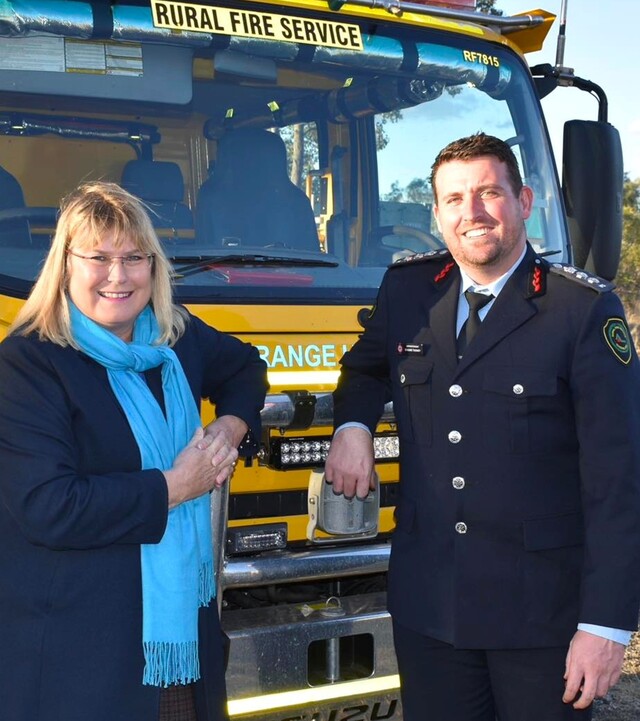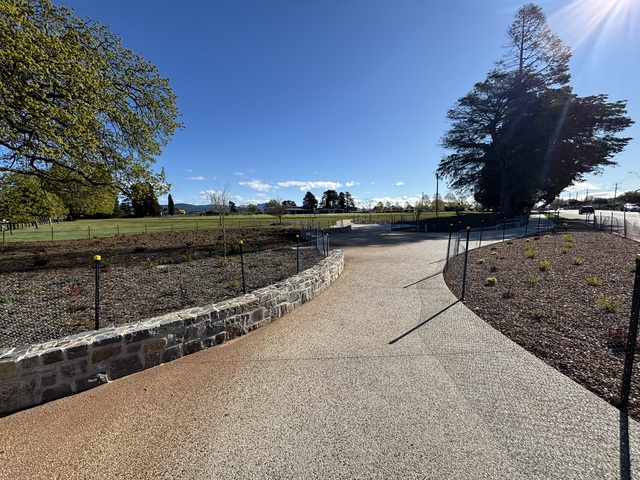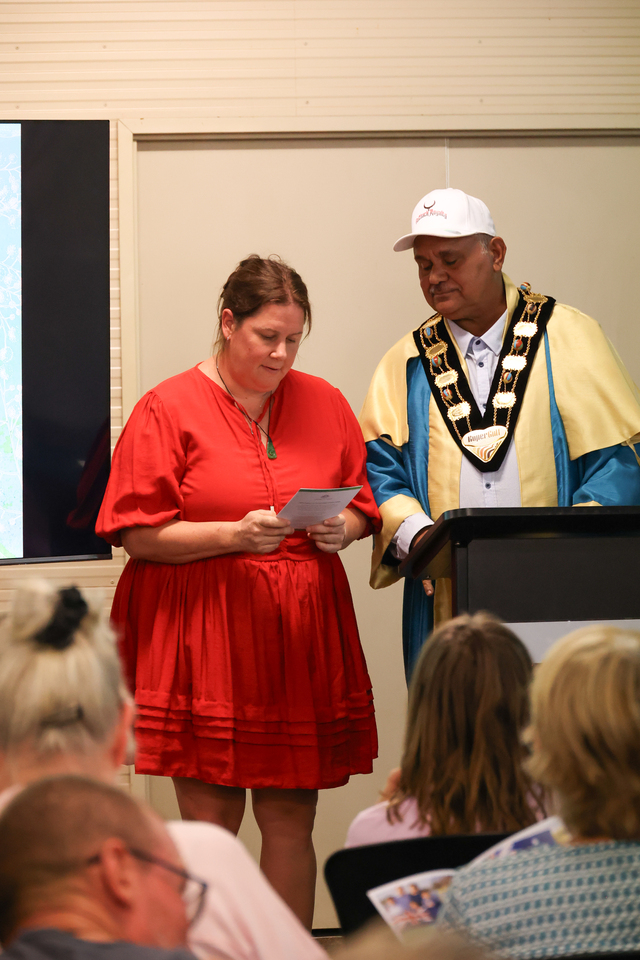Great Lakes Council has successfully lobbied the Federal Government to help it and other small councils across Australia reduce liability under the Carbon Tax for gas emissions from waste landfills.
Council’s success was the result of a number of elements that all added up to a big win in waste management and greenhouse gas reduction.
Firstly, In 2011 Great Lakes Council and Resource Recovery received an ‘Innovation in Waste’ Award at the Coffs Harbour Waste Conference for their establishment of ‘The Green Project’, which saw the integration of social responsibility into their waste contracts.
Council’s General Manager, Mr Glenn Handford said, “The award included a trip for a Council representative to attend the World International Solid Waste Congress in Florence in September 2011.”
Council’s Manager of Health, Waste and Regulatory Services, John Cavanagh, attended the Congress, saying that it “was a fabulous and unique opportunity for Great Lakes Council to gain access to the latest in world-wide thinking on waste management issues and reducing carbon emissions in particular.”
At the Congress, Mr Cavanagh heard two presentations on how methane gas emissions from landfills could be largely eliminated using bio-filters and bio-covers.
Back in the Great Lakes, Mr Cavanagh was working to predict how the Federal Government Carbon Tax and the NSW Government State Waste Levy would impact on Council’s future budgets.
“We were unsure whether gas emission levels from Great Lakes landfills would rise above the permitted level and trigger the Carbon Tax to be applied to us. We had received two different views from leading carbon consultants.
“This was a major uncertainty for Council’s finances and for ratepayers, as the tax could potentially cost Council upwards of $500,000 per annum in future years,” said Mr Cavanagh.
However, the World Congress presentations had provided Mr Cavanagh with food for thought and, when the Federal Government asked local councils to provide submissions on alternative methods for calculating the carbon tax on landfills, he put forward a proposal.
Once landfills are decommissioned, their methane production continues for many years, significantly increasing Council’s waste emission levels overall.
Large landfills can use methane gas to produce electricity, off-setting their tax liability. However, the volume of methane gas produced by landfills operated by smaller councils, such as the Great Lakes, is insufficient to apply this technology.
Following on from the information gained at the Congress, Great Lakes Council put forward a proposal for Council landfills to be capped with bio-covers when their life ends, using layers of sediments such as gravel and at least a metre-thick layer of mulch.
The method allows for up to a 90 percent reduction in methane gas emissions from old landfills, meaning that Council would be able to remain under the Carbon Tax trigger on its waste management facilities under the current rules.
Earlier this year, Council received notice that the Federal Government will allow councils to use the method to reduce their emissions.
“This is great news and a significant step forward for Great Lakes Council,” said Mr Handford.
“We now have some breathing space to try to continue to provide environmentally responsible waste management to our ratepayers and some future security on the financial impact of these taxes on Council.”







